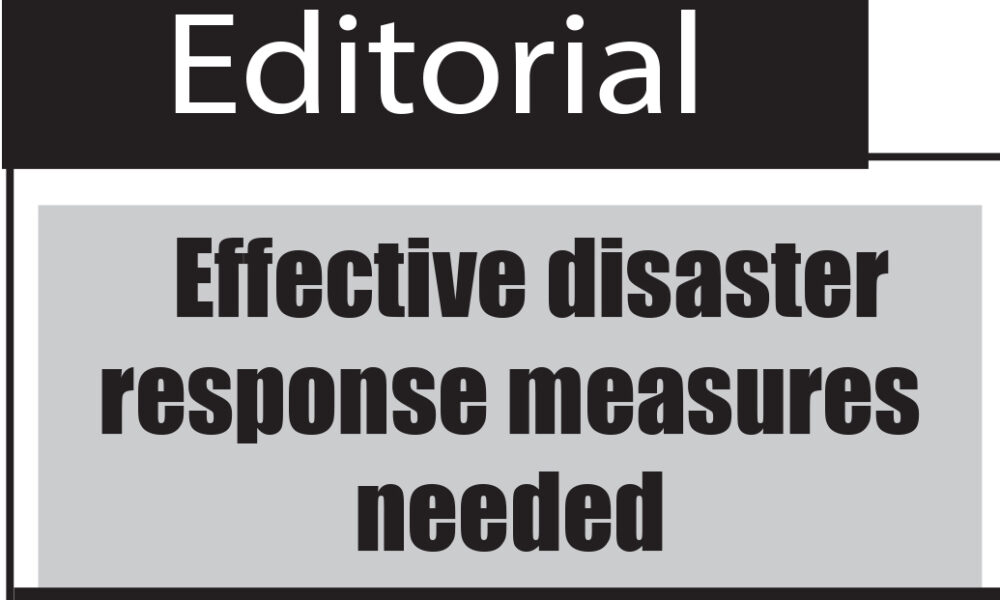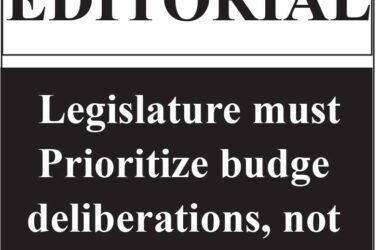The IGAD Climate Prediction and Applications Centre (ICPAC) has released its seasonal forecast for March to May 2024, revealing a higher probability of wetter conditions in the Greater Horn of Africa.
South Sudan and other neighbouring countries such as Kenya, Somalia, Ethiopia, Uganda, Burundi, Rwanda, and north-western Tanzania are expected to experience increased rainfall.
While, the anticipated enhanced rainfall is likely to have a positive impact on agriculture due to the increased water supply, possibly boosting crop yields and improving food security in the region, there are also concerns about potential flooding in flood-prone areas.
Therefore, the government of South Sudan must take swift action to put in place comprehensive effective disaster response measures.
The Ministry of Humanitarian Affairs and Disaster Management, South Sudan Metrological Department and other relevant institutions should establish early warning systems that can effectively monitor weather patterns and provide timely alerts to vulnerable communities, especially in northern parts of the country.
These early warning systems should be equipped with the necessary equipment and personnel to disseminate accurate and actionable information.
The national gov’t should invest in strengthening emergency response teams, equipping them with essential resources and training to handle rescue operations and provide immediate relief to affected areas.
One of the key areas that also require attention is the improvement of infrastructure and drainage systems. Further attention should be given to vulnerable areas, including flood-prone regions and low-lying areas, where infrastructure improvements can significantly reduce the impact of heavy rain.
The government should also prioritize community engagement and education initiatives to raise awareness about the anticipated heavy rain and its potential risks.
Public outreach programs can help communities understand the importance of early preparedness, such as creating emergency kits, having evacuation plans, and identifying safe shelters.
This can be done through collaborating with non-governmental organizations, and international partners. The government should facilitate coordination and information sharing among the available stakeholders to ensure a comprehensive and efficient response.
The time for action is now, and the government must rise to the occasion, and demonstrate the its commitment to safeguard lives and property.




